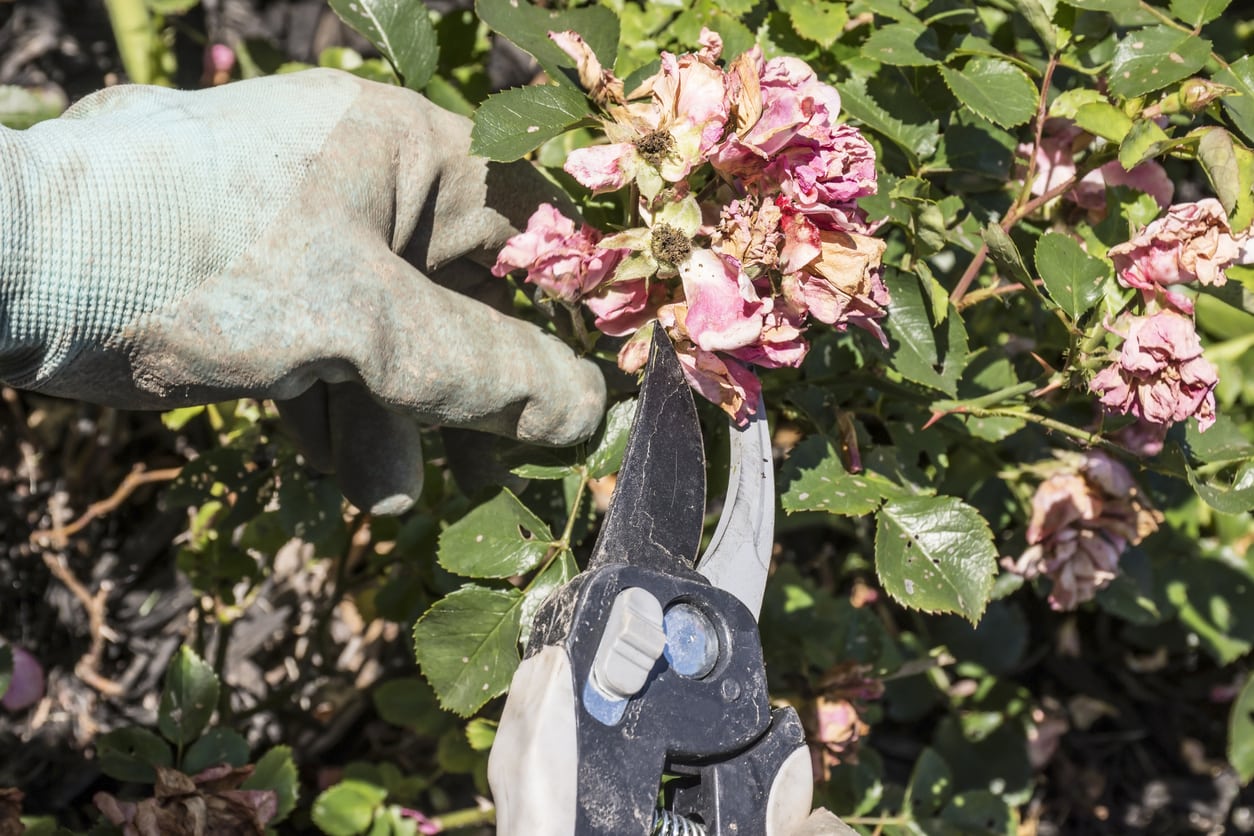Perennial Plant Pruning: When Should I Prune My Perennials


Why prune perennial plants? Think of pruning as a type of preventive maintenance for your plants. Rather than slowing down growth, appropriate perennial plant pruning can stimulate growth, reduce plant size, and also prevent or limit disease. Perennial plant pruning is almost always an important part of plant culture. For more about the reasons for pruning perennials, as well as tips on how and when to trim perennials, read on.
Reasons for Pruning Perennials
Should I prune my perennials? Absolutely. There are so many reasons for pruning perennials that the practice must be considered an important part of your gardening duties. Restricting Growth – Gardeners often think about perennial plant pruning when their shrubs and trees get too big. Pruning can reduce the plant's height and spread. Perennials often grow taller or wider than you think they are going to, and can, over time, interfere with power lines or shade out nearby plants. You may also need to thin out a densely branched tree to prevent losing it in a storm. Thinning branches also allows inner branches to grow. Other reasons for pruning perennials include reducing new growth from a wounded area, taking out new growth from the rootstocks of grafted perennials, and removing water sprouts and suckers. Plant Health – Perennials have longer lives than annuals, but that means they are more vulnerable to pests and diseases. Many of the top reasons for pruning perennials involve plant health. Should I prune my perennials if they are attacked by pests or diseases? Probably. Removing dead, diseased, damaged, or pest infected branches helps keep your perennial plants healthy. If you trim out crossing branches, you can prevent wounds that may become infected. By trimming back thick branch growth, you increase air circulation and reduce the chance of fungus diseases. Aesthetic Reasons – Should I prune my perennials for appearance? It’s perfectly acceptable to do perennial plant pruning for purely aesthetic reasons. You just have to be sure not to damage the plant by cutting it at the wrong time. For example, if you love the beautiful pattern of a tree’s bark, or a shrub’s structure, you can prune the foliage back to expose it. Likewise, you can prune perennials to create a specific form. A hedge is a good example of a perennial form that requires pruning.
When to Trim Perennials
If you are wondering when to trim perennials, remember that long dormant season while perennial growth ceases. The late part of the dormant season is the best time to prune perennials. If you prune just before spring growth begins, the wounds from trimming will be healed over rapidly when that growth starts. It is easier to see what needs cutting back when the branches are not covered by leaves.
Sign up for the Gardening Know How newsletter today and receive a free copy of our e-book "How to Grow Delicious Tomatoes".

Teo Spengler is a master gardener and a docent at the San Francisco Botanical Garden, where she hosts public tours. She has studied horticulture and written about nature, trees, plants, and gardening for more than two decades, following a career as an attorney and legal writer. Her extended family includes some 30 houseplants and hundreds of outdoor plants, including 250 trees, which are her main passion. Spengler currently splits her life between San Francisco and the French Basque Country, though she was raised in Alaska, giving her experience of gardening in a range of climates.